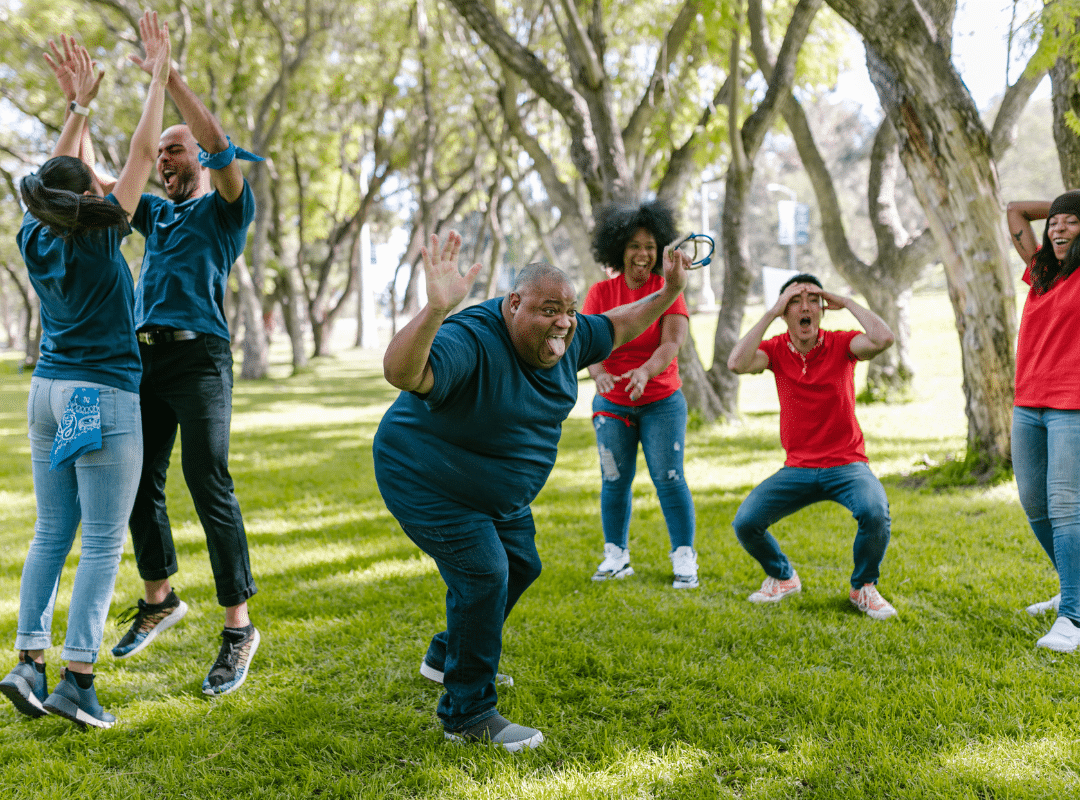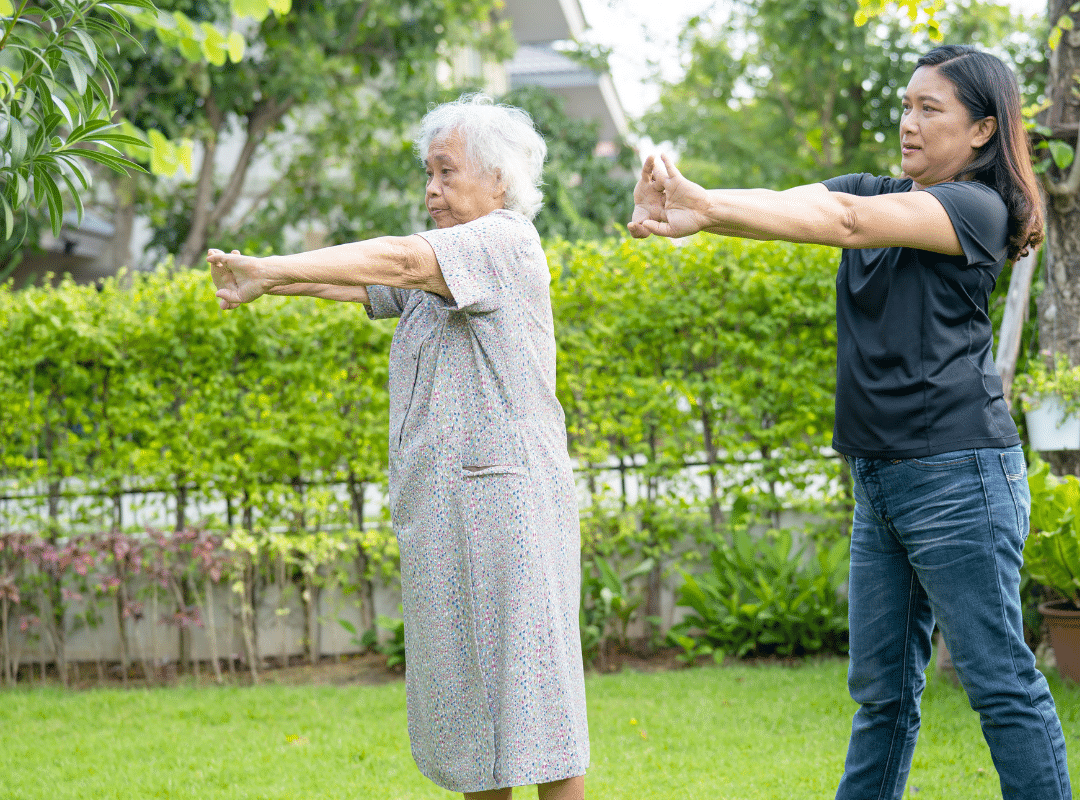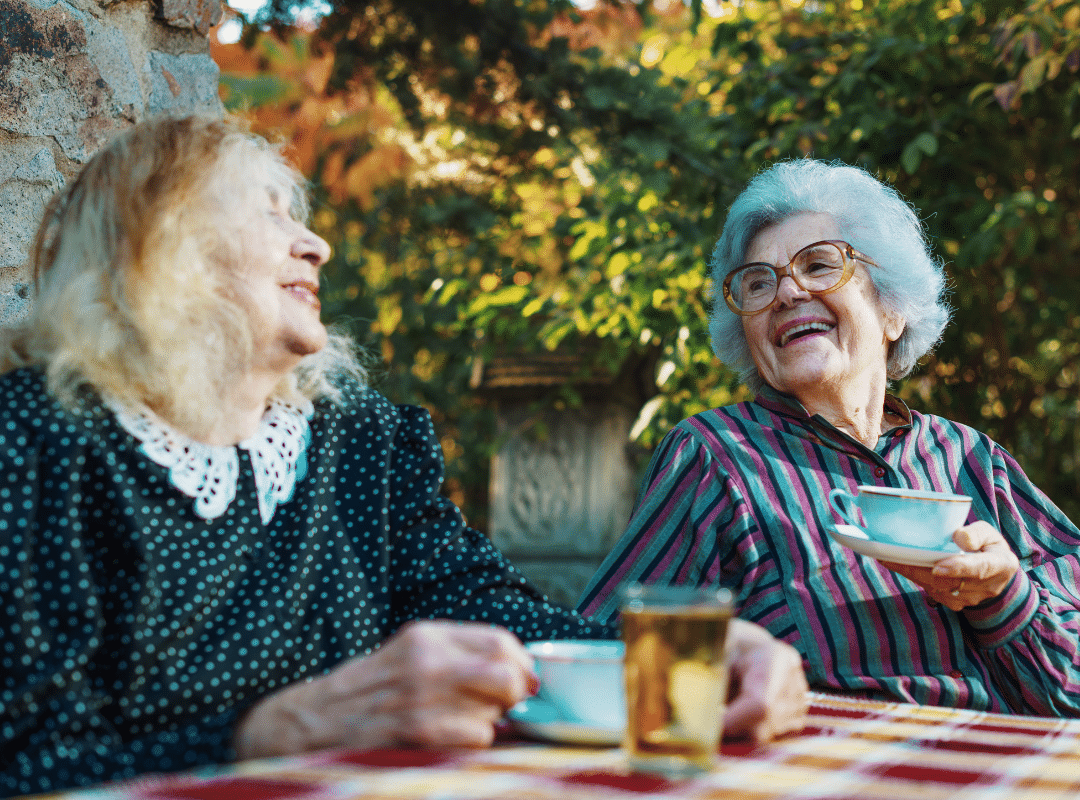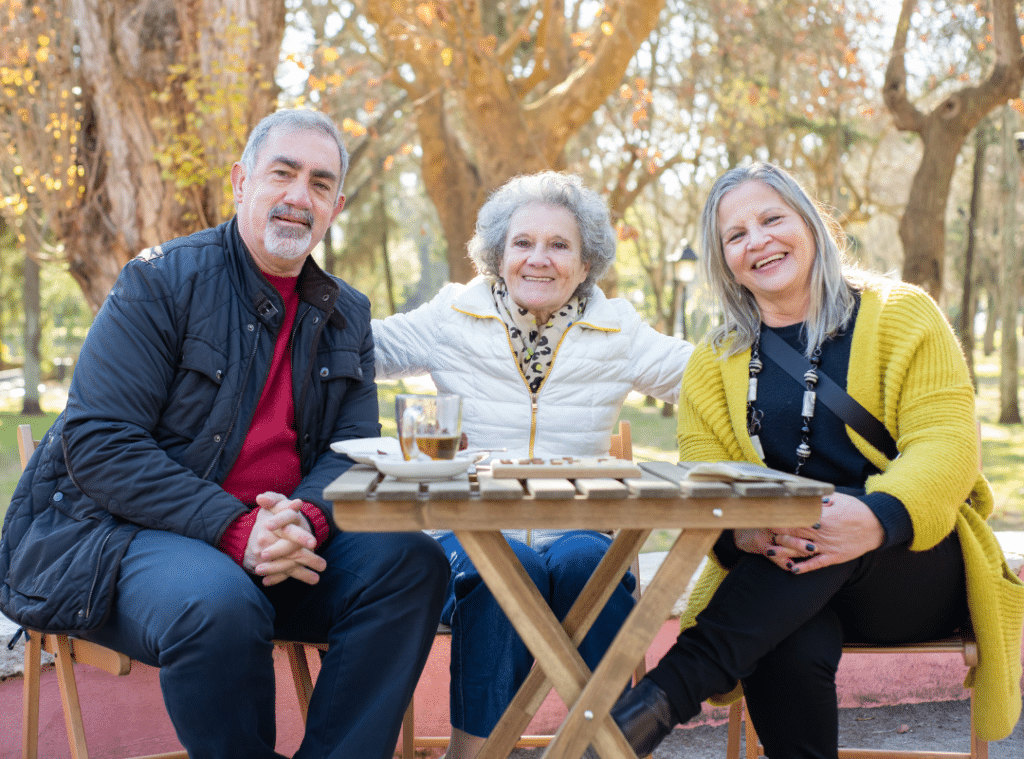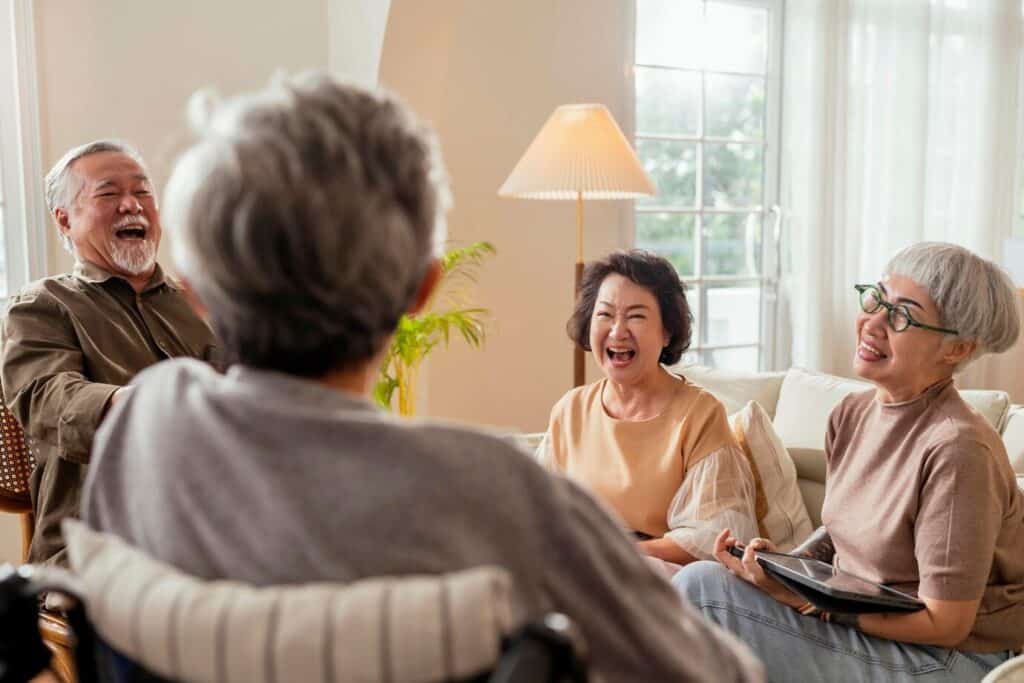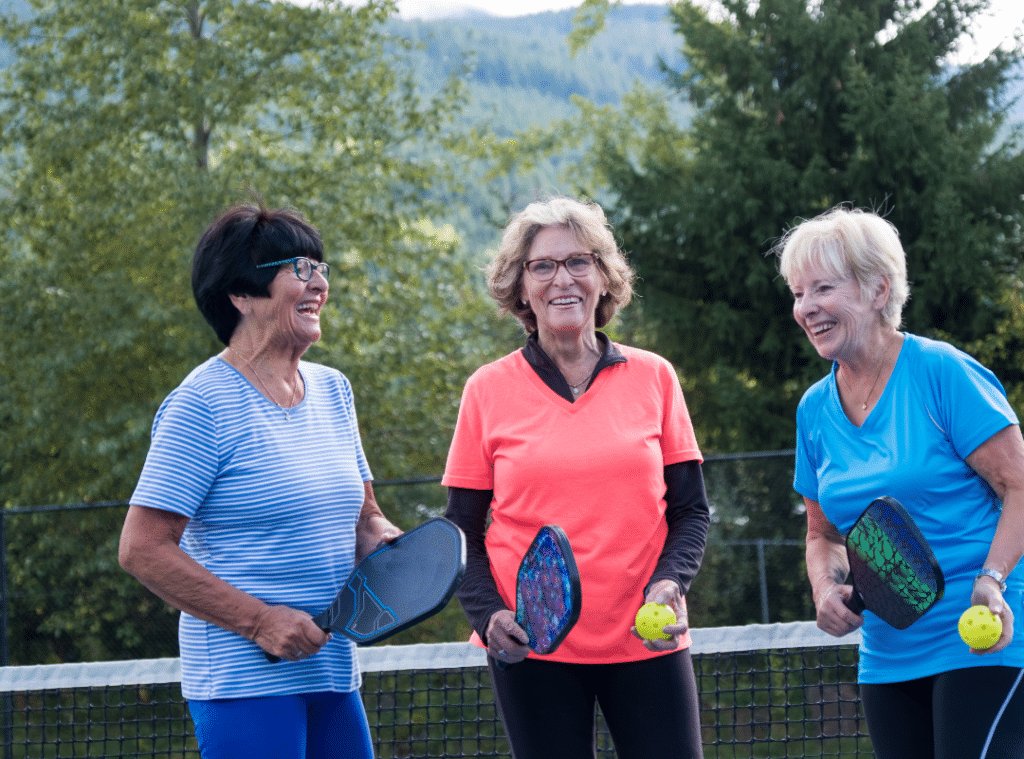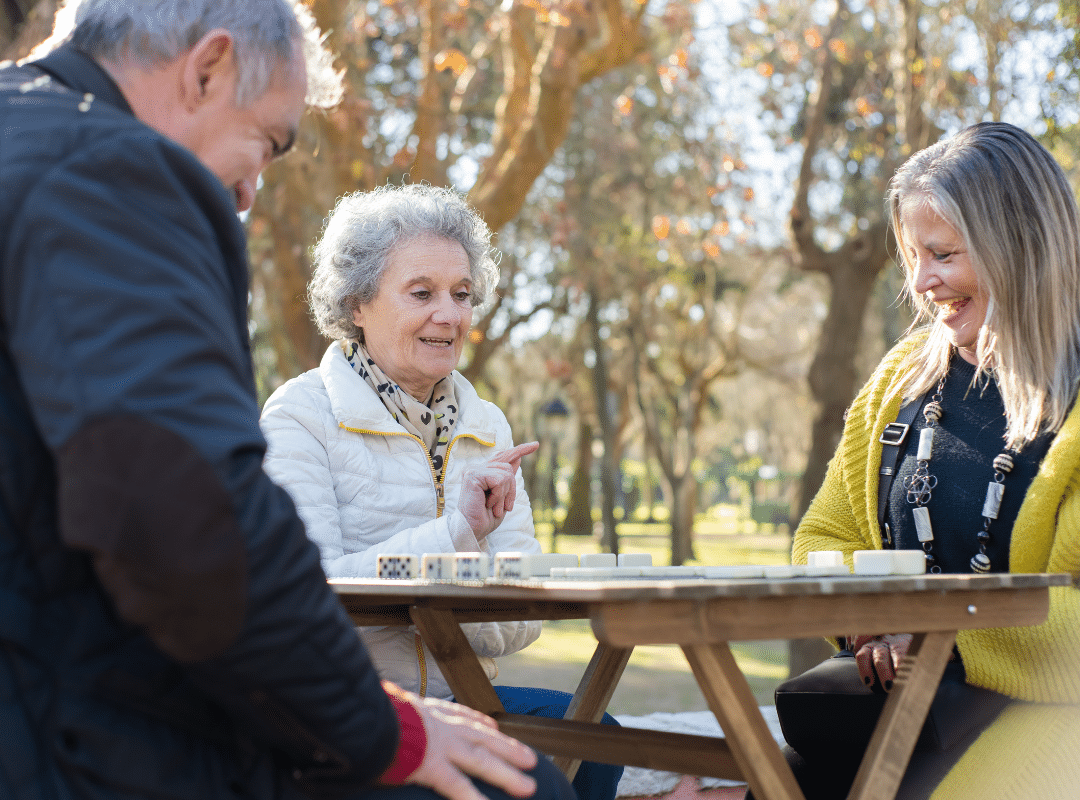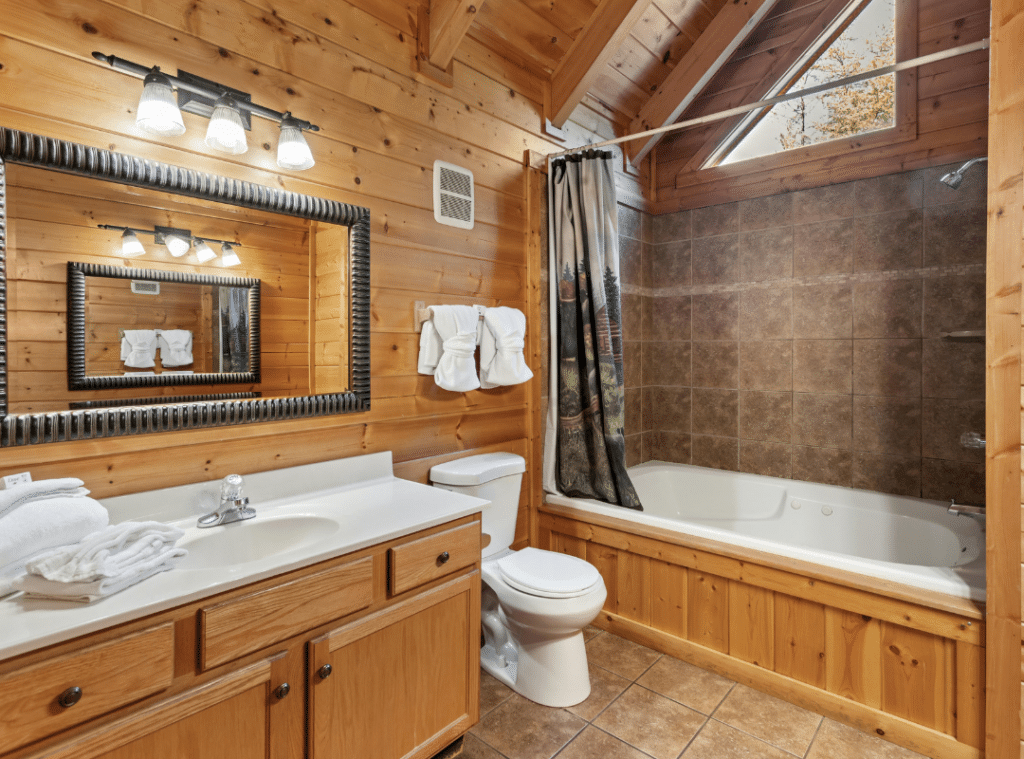Group Activities for Seniors that Foster Social Connection
As we age, maintaining social bonds and engaging in mentally and physically stimulating experiences becomes increasingly important. Group activities for seniors provide essential opportunities to build friendships, enhance wellness, and foster a sense of belonging within a community. At Westmont Village Homes, these shared experiences transform everyday living into something more meaningful and connected.
From creative arts and book clubs to dance sessions and mindfulness exercises, participating in group programs leads to improved mood, reduced isolation, and higher life satisfaction. Whether you’re seeking fun activities for the elderly in nursing homes or more unique activities for seniors looking to stay mentally engaged, there’s something for everyone. Let’s explore how these enriching experiences can help seniors thrive.
Visit Westmont Village Homes to learn more about the activities available in your community.
Engaging Arts and Crafts for Creative Expression
Indoor group activities for seniors, like arts and crafts, are a delightful way to express creativity while connecting with peers. Painting, pottery, knitting, and jewelry-making offer both mental stimulation and emotional satisfaction. These hands-on projects bring people together to collaborate, share stories, and admire each other’s work.
Engaging in simple craft projects also supports cognitive function and emotional well-being. Creative workshops allow for both independent and cooperative art-making experiences, making them ideal group activities for seniors who want to have fun while expressing themselves.
Community Gardening for Growth and Connection
Gardening is one of the most unique activities for seniors, blending physical movement with purpose. At Westmont Village Homes, seniors can enjoy soil preparation, planting, and harvesting together. These experiences promote social interaction, sensory engagement, and even nutritional health.
Whether arranging flowers or harvesting herbs, gardening can strengthen community ties and uplift spirits. Communal gardening spaces are wonderful tools for enhancing engagement and creating lasting memories.
Lifelong Learning as a Group Activity
Many residents enjoy participating in shared learning experiences, which are excellent indoor group activities for seniors. Whether it’s a local history class, creative writing course, or virtual seminar, group learning fosters both cognitive health and camaraderie.
Explore programs through platforms like Coursera or Udemy to continue learning with friends. Lifelong learning programs available at Westmont Village Homes include guest lectures, technology lessons, and language classes.
For more structured opportunities, look into senior-focused courses offered by local community colleges or adult education centers.
Book Clubs and Writing Workshops
Joining a book club or writing group provides an intellectual outlet and strengthens social bonds. These group activities for seniors promote discussion, memory recall, and creativity. Whether you’re discussing a classic novel or writing a memoir, these events offer more than just entertainment—they build community.
Participants often explore diverse topics, improve their writing skills, and share life stories. These free activity ideas for seniors are low-cost, high-impact ways to stay mentally and emotionally engaged.
Fun and Interactive Games
When it comes to fun activities for the elderly in nursing homes, games are always a hit. Bingo nights, trivia contests, and charades bring joy and laughter to every gathering.
- Bingo: Enhances focus and social interaction.
- Trivia Games: Sharpen memory and encourage storytelling.
- Pictionary or Charades: Promote teamwork and creativity.
These indoor group activities for seniors are accessible, energizing, and inclusive. They can be easily modified to suit varying mobility or cognitive levels, making them perfect for both assisted and independent living environments.
Joyful Music and Dance Activities
Music and movement offer therapeutic benefits, particularly when practiced in a group setting. Group sing-alongs, drum circles, and dance sessions allow for emotional release, cultural appreciation, and physical wellness.
Group activities for seniors that involve music can stimulate memory and improve coordination. Try hosting themed music nights or incorporating dance therapy into weekly routines. These are not only fun activities for the elderly in nursing homes, but they also promote long-lasting connections and joy.
Mindfulness and Group Relaxation
Practicing mindfulness exercises helps residents create a calm, focused space, reducing anxiety and improving focus. Group breathing sessions, guided meditations, and chair yoga are excellent indoor group activities for seniors that support emotional well-being.
These shared moments of stillness foster a sense of community and provide an important mental reset. Incorporating free activity ideas for seniors like gratitude circles or storytelling meditations can further enhance group cohesion and support.

Technology Workshops and Virtual Games
Tech-savvy seniors are more connected than ever. Hosting group tech workshops—whether for email, Zoom, or smartphone use—can empower residents and improve digital literacy.
You can also organize virtual group activities for seniors, such as:
- Online puzzle rooms
- Multiplayer card games
- Interactive virtual tours
These activities offer unique activities for seniors who want to explore modern entertainment or stay in touch with distant family and friends.
Theme Days and Cultural Celebrations
Bringing everyone together for themed events—such as International Day, Movie Night, or Decades Day—creates unforgettable memories. Residents can dress up, cook meals from different cultures, and learn about traditions from around the world.
These group activities for seniors are great opportunities to involve staff, family, and volunteers, making the experience even richer.
Volunteering and Purpose-Driven Projects
Give back as a group through activities like assembling care packages, knitting blankets for hospitals, or creating cards for military members. These free activity ideas for seniors offer emotional fulfillment and a strong sense of purpose.
Group volunteerism not only strengthens community ties but also aligns with many seniors’ lifelong values of service and contribution.
Creative Competitions and Talent Shows
Let your creativity shine through talent shows or friendly contests. Seniors can showcase music, poetry, storytelling, or painting in a supportive, uplifting environment.
These fun activities for the elderly in nursing homes highlight individual talents while promoting appreciation and encouragement from peers.
Build Community Through Shared Joy
A thriving senior lifestyle includes more than just care—it includes connection, creativity, and joy. At Westmont Village Homes, we believe group activities for seniors play a vital role in enhancing well-being and nurturing friendships.
From fun activities for the elderly in nursing homes to unique activities for seniors who love to learn and create, there are endless ways to connect and thrive. Whether you’re enjoying a quiet book discussion or laughing over bingo, you’re building community in every moment.
To join our engaging programs or learn more about our vibrant community, please call us at 951-697-2060 or schedule a tour by clicking here.
Frequently Asked Questions
What are some fun activities for the elderly?
Fun activities for the elderly often include arts and crafts, light gardening, chair yoga, walking clubs, or music appreciation sessions. These activities help improve mental engagement and physical mobility. Group storytelling or reminiscing sessions are also popular, promoting social connection and emotional wellness. Choosing activities that align with personal interests ensures greater participation and enjoyment.
What are the activities for the senior citizens group?
Senior citizen groups often enjoy organized outings, game days, wellness classes, and community service projects. Other popular group activities include book clubs, cooking demonstrations, movie nights, and group exercise programs. These encourage social bonding, reduce isolation, and keep participants mentally and physically active. Activities should always consider the comfort level and ability of group members.
What are some fun games for seniors indoors?
Fun indoor games for seniors include bingo, trivia, card games like bridge or rummy, and word puzzles like crosswords or Scrabble. These games stimulate the brain while promoting lighthearted competition and social engagement. Chair volleyball and balloon tennis are also great for light physical activity indoors. Keeping the games simple and accessible ensures everyone can join in.
What is a good game for seniors?
A good game for seniors is easy to understand, doesn’t require fast reflexes, and encourages interaction—like dominoes, memory games, or checkers. Many enjoy games that spark nostalgia or use familiar content, such as Name That Tune or themed trivia. Games that can be played in teams also foster a strong sense of community. The best games strike a balance between fun and mental stimulation.



